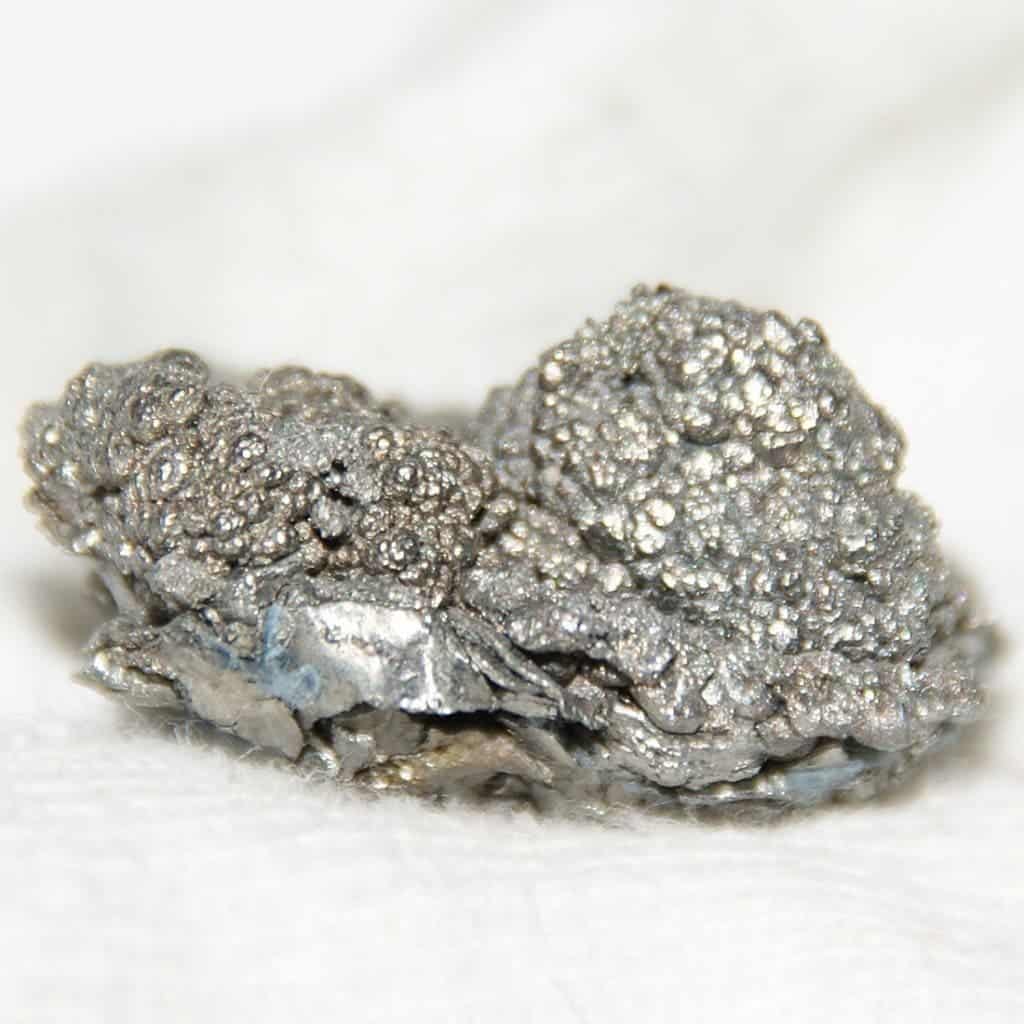Using computer simulations, Brown University researchers have identified the material with the highest known melting point. The material, known as Hafnium carbonitride (HfCN) — made with just the right amount of hafnium, nitrogen, and carbon — has a melting point of more than 4,400 kelvins (7,460 degrees Fahrenheit or 4,100 °C). That’s almost as high as the temperature at the surface of the Sun.
The highest melting point known to science
The melting point of a material is pretty much what the name says: the temperature at which a solid becomes liquid at atmospheric pressure; at exactly the melting point, the solid and liquid phases exist in equilibrium. Some substances have low melting points — ice, for instance, melts at 32°F (0°C). Others go much higher.
Mankind has been melting things for over 10,000 years, especially metals. By melting metals, you can mix them with other materials and improve their durability or other desirable properties. In more recent times, we’ve also figured out the complementary approach: that if we melt two materials and mix them, we can drastically increase the resulting material’s melting point. Practically, this means it can be used in “hot” situations.
Mixing different materials to change their melting point is one thing, but predicting what materials will have the highest melting point is completely different. It’s a bit like looking for a needle in a haystack, researchers say, which is why they don’t just blindly start mixing substances.
So instead, researchers now use computational models to try to predict what properties a combination of two or more materials could have.
“The advantage of starting with the computational approach is we can try lots of different combinations very cheaply and find ones that might be worth experimenting with in the lab,” said Axel van de Walle, associate professor of engineering and co-author of a new study on the material with the highest known melting opint, along with postdoctoral researcher Qijun Hong. “Otherwise we’d just be shooting in the dark. Now we know we have something that’s worth a try.”
The technique they used analyzes the melting dynamics on a small scale, in blocks of 100 or so atoms. The technique is more efficient than traditional methods but requires massive computational resources.
Of course, having previous knowledge also helps. For instance, researchers already know some materials that have high melting points. Graphite melts at 3652 ℃, and hafnium, a key element used for high-melt-point alloys, melts at 2,227 °C.
Hafnium carbide (HfC), a chemical compound composed of hafnium and carbon, was estimated to have a melting point of about 3,900 °C. After it was synthesized, experiments showed that its melting point was even higher than 3,958 °C.
But researchers have found an even better candidate with the above-mentioned method. Hafnium carbonitride (HfCN), a chemical compound synthesized artificially, was suspected to be the material with the highest melting point ever. The computer models showed it in 2015, but until the material was actually created, there were still some skeptics.
Then, in 2020, researchers at the National University of Science and Technology (NUST) in Moscow produced the material in a laboratory and showed that its melting point is even higher than previously expected, going over 4,100 °C (7,410 °F; 4,370 K). However, more accurate measurements are required to assess its exact melting point and other properties (which may influence how usable the material is).
Having materials with high melting points is crucial in a number of industries, from plating for gas turbines to heat shields on high-speed aircraft. But researchers won’t know if the material is actually useful until more tests are carried out on it. There are other properties worth considering, van de Walle explains.
“Melting point isn’t the only property that’s important [in material applications],” he said. “You would need to consider things like mechanical properties and oxidation resistance and all sorts of other properties. So taking those things into account you may want to mix other things with this that might lower the melting point. But since you’re already starting so high, you have more leeway to adjust other properties. So I think this gives people an idea of what can be done.”
Ultimately, there may be other materials with even higher melting points out there, but we haven’t discovered them yet. The way forward is set: start with a computer, calculate, model — and only then actually start creating.




